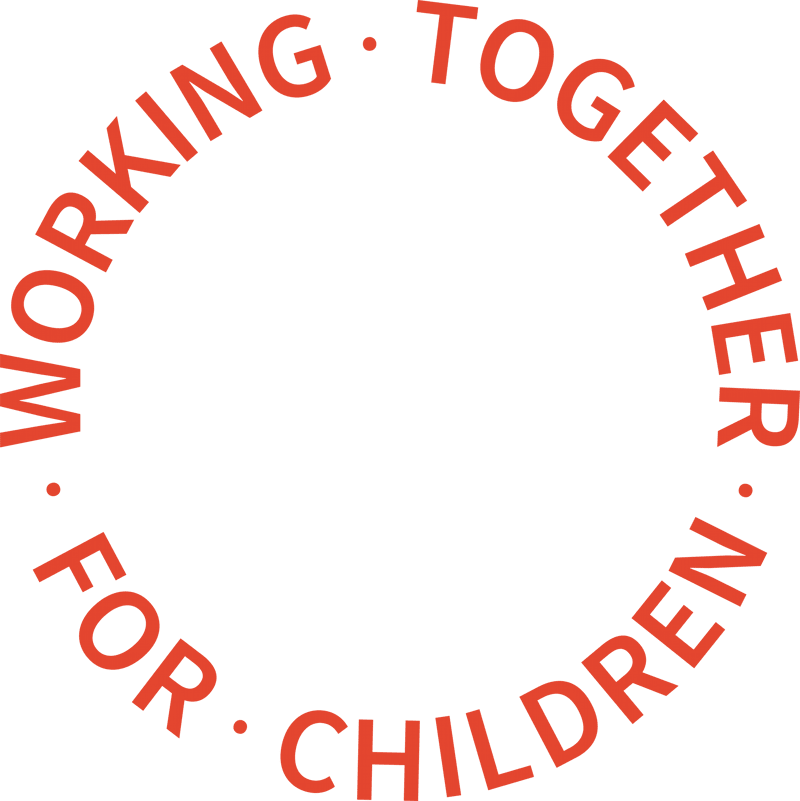There have been substantial improvements in Child Sexual Exploitation practice in Bradford, but there is still learning to be done, a review has found.

The review, which was commissioned by the Chair of the former Bradford Safeguarding Children Board prior to the establishment of the current Bradford Partnership, was carried out by an independent person, Clare Hyde of the Foundation for Families.
The review set out to establish:
- Whether lessons have been learnt from multi-agency responses to non-recent cases of CSE within the Bradford District and beyond and are embedded in current policies and procedures.
- The extent to which analysis of the responses of all agencies to current cases provides assurance that working practices and responses that exist now are robust, child centred and effective in protecting children from sexual exploitation and related harms; and
- To what extent good practice lessons around placement provision for looked after children at high risk of, or experiencing, CSE are embedded in practice.
“At an early stage in the process of conducting this review it became clear that despite some significant improvements in agency understanding of and responses to CSE between the less recent and current cases, agencies and individuals in Bradford have not always got it right. CSE is a complex crime and continues to be an area of concern and action in Bradford, as it is in many other places in the country and the learning from this review informs this process,” said the review.
The review was set in the context of nine out of 10 men being sentenced to a total of 132 years’ and 8 months’ imprisonment in March 2019 following sexual exploitation of a child who had been in the care of the local authority. Now an adult, the woman came forward about her experiences as a child during the years between 2006 and 2011. Following the trial, a second woman who had suffered similar abuse came forward and criminal investigations have been carried out in respect of alleged sexual offences she suffered when also in the care of the local authority in the years between 2001 and 2006.
The review looked at the cases of five children as the main case sample, three of whom are now adults, two were abused during the 2000s. The review also considers the impact of learning from two other SCRs carried out locally in 2015 and 2016.
While the review found that there had been substantial improvements in practice since the response to the non-recent cases, it found that there was also learning for children in the more recent sample. The Local Child Safeguarding Practice review (LCSPR) process reflected upon the learning from two previous local CSE SCRs and asked why although there have been improvements, not all learning has been fully embedded into practice. The impact of an adverse Ofsted Inspection of children’s social care and the consequent instability in the children’s social care management and workforce, was highlighted in the review.
With regards as to whether lessons had been learnt, the review also outlined:
- Policy changes had been made in relation to CSE in all agencies, but this was not always seen in sustained practice changes.
- The short-term nature of funding for some CSE and family support services was also evident. This means that staff turnover can be high with experienced practitioners moving on to different roles or different areas.
In answering to what extent analysis of responses from all agencies to current cases provides assurance that working practices and responses are robust, child centred and effective in protecting children, the review stressed that while there was evidence of good practice in strategic activity, the evidence of quality of practice was not there in all cases and all agencies.
The review also stated:
- A CSE risk assessment tool is used once a possible risk has been identified. There was however evidence that risk was not always recognised even where there were clear signs and indicators suggesting sexual exploitation and there were examples of assessments being very delayed.
- The language used about the children did not always reflect their vulnerability.
- The response and attitudes to the male victim, at times, was different to that of the female victims.
- Changing levels of risk were not always responded to quickly and there was variance in how different professionals interpreted levels of risk.
- Case load size is also a factor as working with CSE is complex and time consuming.
- High levels of staff turnover in children’s social care have made it difficult to measure the take up and impact of essential training.
The review also highlighted several wider issues:
- The role of drugs and alcohol in grooming, control and exploitation which was not addressed by a referral to specialist services.
- The response to young people with disabilities and with behavioural problems.
- Recognising and responding to online abuse.
- Lack of consideration of any possible grooming/ radicalisation or in the later cases a referral to Prevent.
- The review looked at to what extent good practice lessons around placement provision for looked after children at high risk of experiencing child sexual exploitation are embedded in practice.
It found many examples of children at risk of, or being, exploited being placed in expensive placements which could not meet their needs. They experienced frequent moves and went missing regularly. The review did identify some good practice, but this could not be sustained. The children struggled to achieve their aspirations, such as attendance at college, and lacked the confidence and skills to engage successfully in the routines of everyday life.
A number of issues were highlighted throughout the review. This included:
- While drugs and alcohol were used as tools of exploitation in all cases, none of the children were referred to specialist services.
- Children with physical, sensory and learning or cognitive disability exacerbated the risk of them becoming exploited and abused.
- Half of the female children considered in this review became pregnant as a result of their abuse. Two of the babies were placed for adoption and all were subject to child protection arrangements. Long term impacts of early pregnancy are well-understood but there is little UK research about the impact of bearing a child as a consequence of abuse.
- There is little understanding of what, if any, common factors, including adverse childhood experiences, perpetrators of CSE share. Understanding how and why people become perpetrators of sexual abuse is important if we hope to reduce the harms caused by them to individuals and communities.
- Four of the five children in the case sample have been arrested, held in custody and some have been convicted of offences in response to their behaviours.
- All the children considered in this review experienced significant disruption to their education. Their early histories of abuse, neglect and trauma resulted in them displaying very challenging behaviours.
- The long-term impacts of sexual exploitation on mental health and wellbeing is significant.
The review recommends agencies work closely together to learn from local and national learning and to ensure that the long term and sustained impacts of CSE on children and then later as adults is understood. There should be a system wide approach to jointly commission, long term approaches which address the human and financial costs of a child’s lifetime exposure to trauma, abuse, neglect and exploitation.
Services need to recognise that drugs and alcohol are used as part of the grooming coercion and control of victims by perpetrators and that responses need to be developed to reflect this. The additional vulnerability of disabled children needs to be recognised and services should respond appropriately.
Practitioners need to be professionally curious in relation to changes of cultural identify in children.
The impact of placement change has to be recognised, and the lack of suitable local placements should be addressed by commissioners. Further action should be taken to ensure school placements are available for children such as those considered in this review and steps taken to improve school attendance of those who are missing out on education.
The review highlights that the long-term mental health and wellbeing needs of children and adults who experience CSE, and coexisting traumas needs to be prioritised and understood by commissioners and practitioners.
The outcome for children (and their children) who become pregnant as a result of sexual exploitation or abuse also needs to be better understood and responded to.
Finally, the review recommends that more is learnt and understood about the perpetrators of child sexual exploitation.
“Abuse does not occur because of a child’s vulnerability. It occurs because there is someone who is willing to take advantage of this vulnerability and because there are inadequate protective structures (around the child and their family) in place to prevent this,” said the report.
“The thematic review has looked in detail at both non recent responses to CSE and more recent practice. Through the lens of children some of whom are now adults, the review has shone a light on responses to CSE in Bradford over a 17-year period. The stories of the children are difficult to hear. It is also clear that while there has been considerable work in the district in relation to CSE there are still lessons that need to be learned and the responses to victims of this complex crime is not yet good enough in all cases,” the report concluded.
Jane Booth, Independent Chair and Scrutineer The Bradford Partnership – Working Together to Safeguard Children, said: “We must do all we can to ensure support for children at risk of or experiencing sexual exploitation is as good as it can be, includes preventative work, protects those at risk and pursues those who commit such crimes. We can always identify things that could have been done better and in looking at these cases we can see many occasions where opportunities to protect children were missed and, in some of the most heart-rending situations, where children were left at risk and subsequently abused.
“We must also recognise that work to protect those at risk of exploitation is complex, requires resources and is very reliant on the commitment of staff who are entitled to good supervision, support and appropriate training,” she concluded.
Child Sexual Exploitation Thematic Child Safeguarding Practice Review


